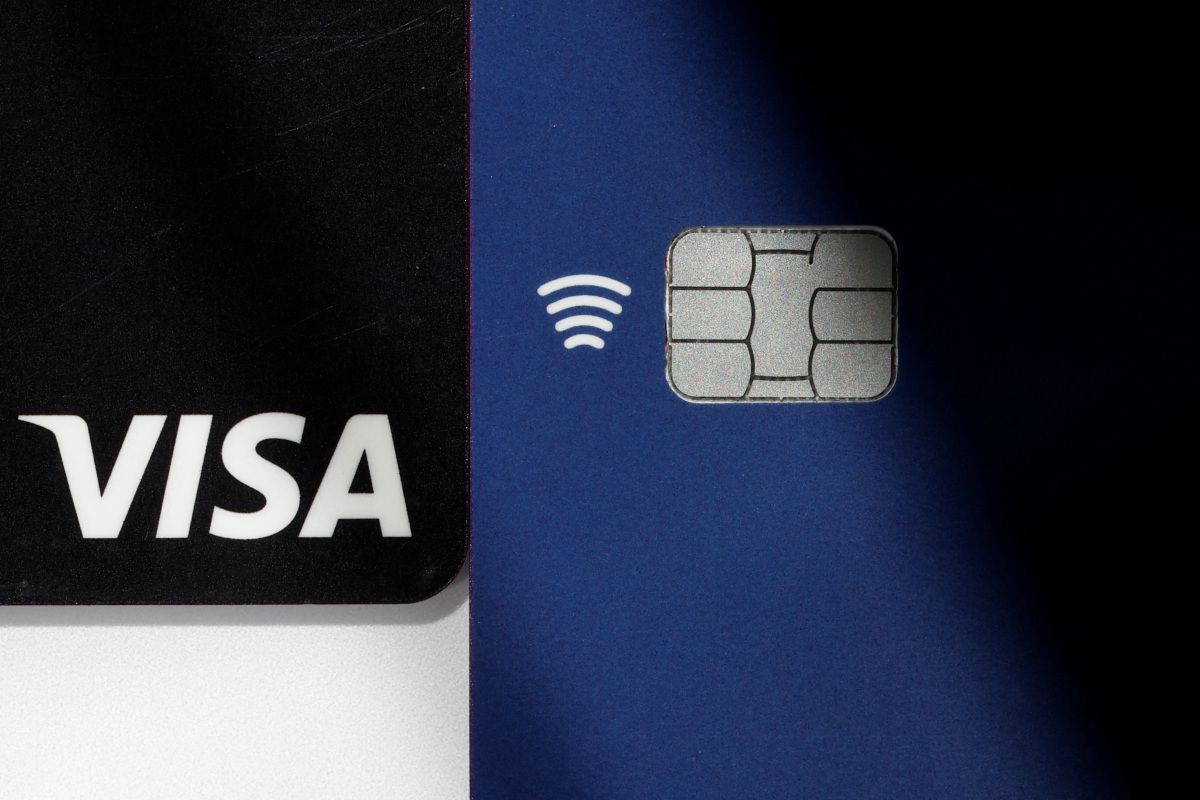As It Happens7:10Not only are Komodo dragon teeth razor sharp; they’re also iron coated
Not only do Komodo dragons have serrated, razor-sharp teeth that constantly replenish themselves — they’re also iron-coated, according to a new study.
It’s the same protective coating found in the mouths of beavers. But while the industrious dam builders use their hardened chompers to chisel through wood, the fearsome Komodo uses its serrated, knife-like teeth to slice through helpless prey.
“We don’t normally associate iron coatings with reptile teeth,” said Aaron LeBlanc, the King’s College London paleontologist who helped discover the protective element in the Komodo’s enamel. “It was pretty spectacular.”
The findings, published in the journal Nature Ecology & Evolution, not only broaden scientists’ understanding of how Komodo dragons devour their prey, but suggest this helpful evolutionary adaptation may be more common than previously thought.
Komodo dragons are an endangered species and the world’s largest living lizards, sometimes growing as long as three metres. They make their home on several Indonesian islands, where they are apex predators.
Why are their teeth so orange?
LeBlanc says the discovery was something of an accident.
“You don’t go looking for iron-coated Komodo dragon teeth just casually as a researcher,” he told As It Happens host Nil Köksal.
Rather, he was studying meat-eating dinosaurs to understand how different parts of their teeth adapted to shred prey
“Of course, we can’t observe a meat-eating dinosaur using its teeth to tear through prey today,” he said. “Komodo dragons are like a paleontologist’s best friend in that sense, because their teeth are exactly the same shape compared to many meat-eating dinosaurs.”
As LeBlanc started observing individual Komodo dragon teeth under a microscope, he noticed something odd.
“Every single tooth in a Komodo dragon’s mouth looks like someone took an orange Sharpie or a fine paintbrush and painted on this orange line on the fronts and backs of their teeth, and the tips,” he said.
He’d seen a similar discoloration before on other carnivorous reptiles’ teeth, he says, but had dismissed it as mere blood stains. This, however, was too much orange to ignore.
A closer inspection revealed the enamel contained an iron-rich coating.
It’s the same substance that’s been found on the teeth of other animals, including salamanders, some species of fish, and several mammals, most notably beavers.
“If you look at a picture of a beaver, their front teeth are sort of orange or sometimes red, and that’s actually from iron,” LeBlanc said.

Studies have shown beavers’ iron coating protects their teeth against wear and tear as they go about their beaver business of building dams, and even makes them more resistant to acid.
But it had never before been found in reptiles.
Bryan Fry, a komodo dragon expert from Australia’s University of Queensland, who was not involved in the study, called it “another one showing how remarkable the combined weapons system of the Komodo dragon [are].”
“They really are formidable predators,” Fry, who has studied the toxicology of the creatures’ venom, said.
“The study was extremely comprehensive and the conclusions well supported by the data.”
What’s it for?
LeBlanc says the coating may explain how Komodo dragons keep the serrated edges of their steak-knife-like teeth sharp despite repeated usage.
“Even though it’s capable of taking down prey much larger than itself and cutting chunks off of the meat with these teeth, the hardest part of their teeth, the enamel — that’s the same part in us that we brush every day — is super, super thin in these animals, and that’s very common across reptiles,” he said.
“So how would an animal with enamel that thin be able to maintain a sharp tooth for a long time and use that to feed?… I think discovering this iron coating sort of completes that picture.”
It certainly seems to be working.
“I’ve accidentally grazed my hands against Komodo dragon teeth a couple times while I’ve been studying them, and they are literally razor sharp. I can personally attest to that,” LeBlanc said.

And if they lose an iron tooth? No problem. They’re constantly growing new ones beneath their gums “like little tooth factories,” LeBlanc said.
“So you wouldn’t really assume there would be much sort of resources put into something like an iron coating. But sure enough, this is something that they develop … on every single tooth,” he said.
“I’ve just grown fascinated with their ability to have such a specialized cutting tool.”
The study also found iron on the dental fossils of crocodiles and some other meat-eating lizards from the same genus as the Komodo dragon, though to a much lesser degree.
LeBlanc says it’s time to peer more closely into the mouths of reptiles and other kinds of animals.
“We classically assume that mammals are the ones with the most complex kinds of teeth in terms of their shapes and sizes, as well as the ways that they’re able to use things like iron to reinforce their teeth,” LeBlanc said.
“It turns out reptiles have that ability too. And so maybe this is a feature that’s much more widespread, across different animal groups.”







